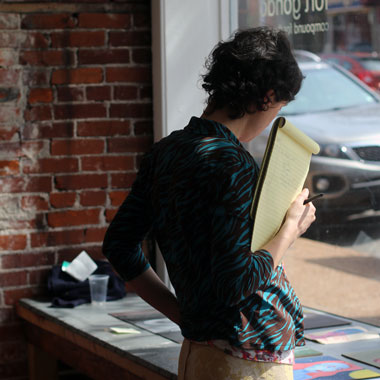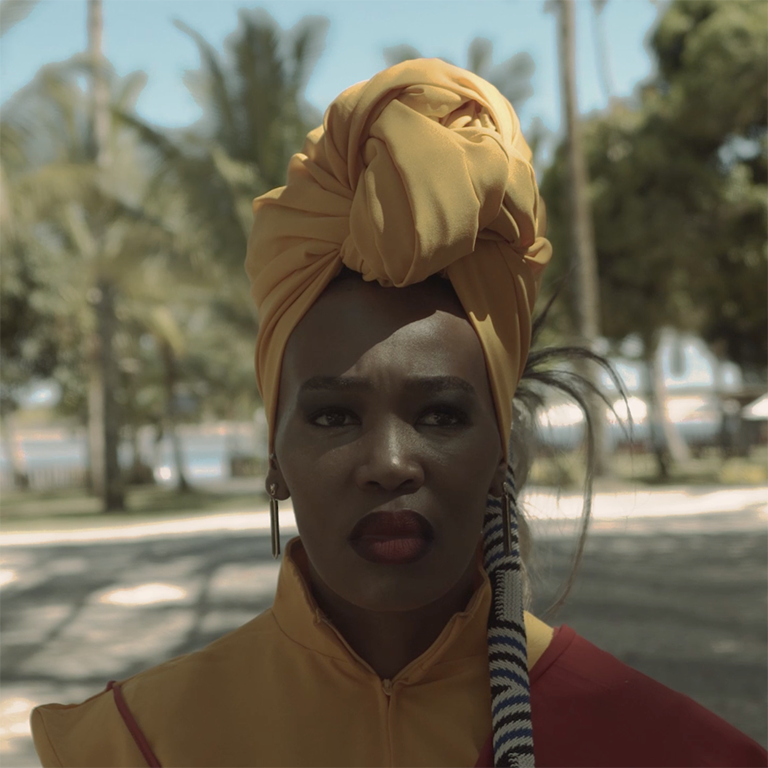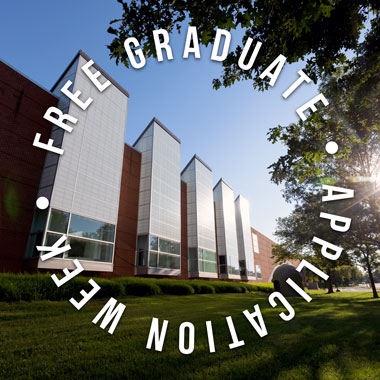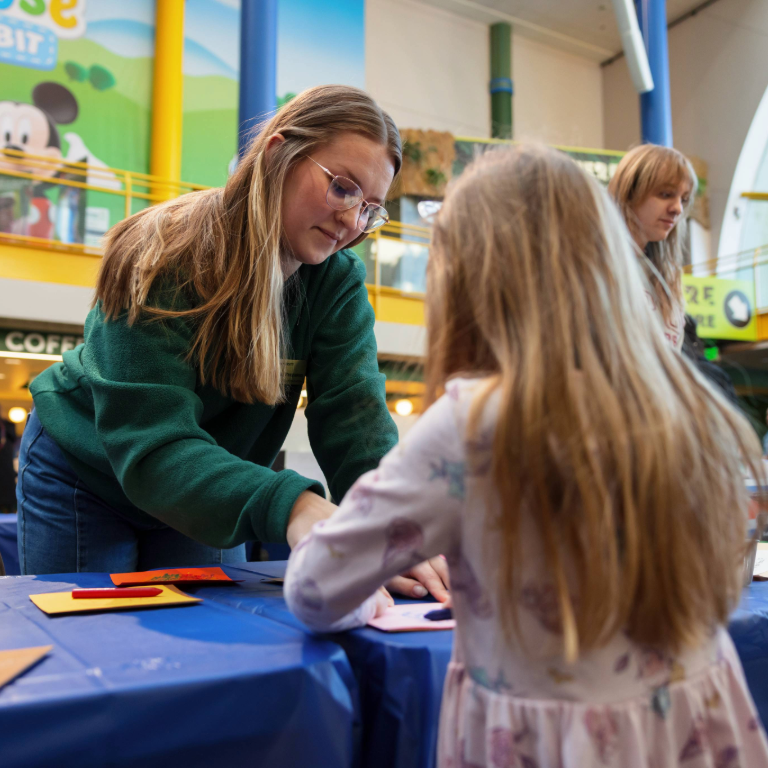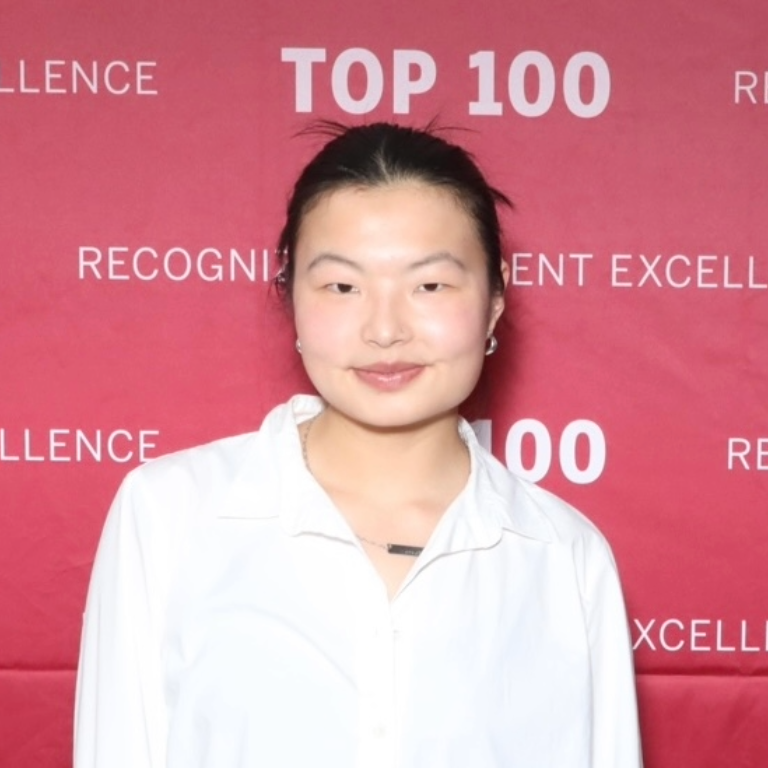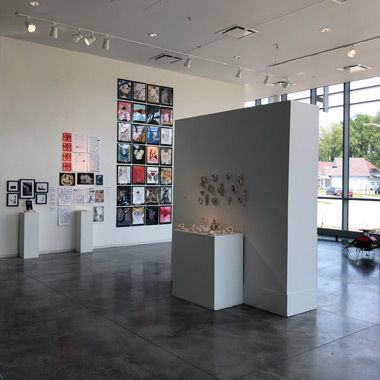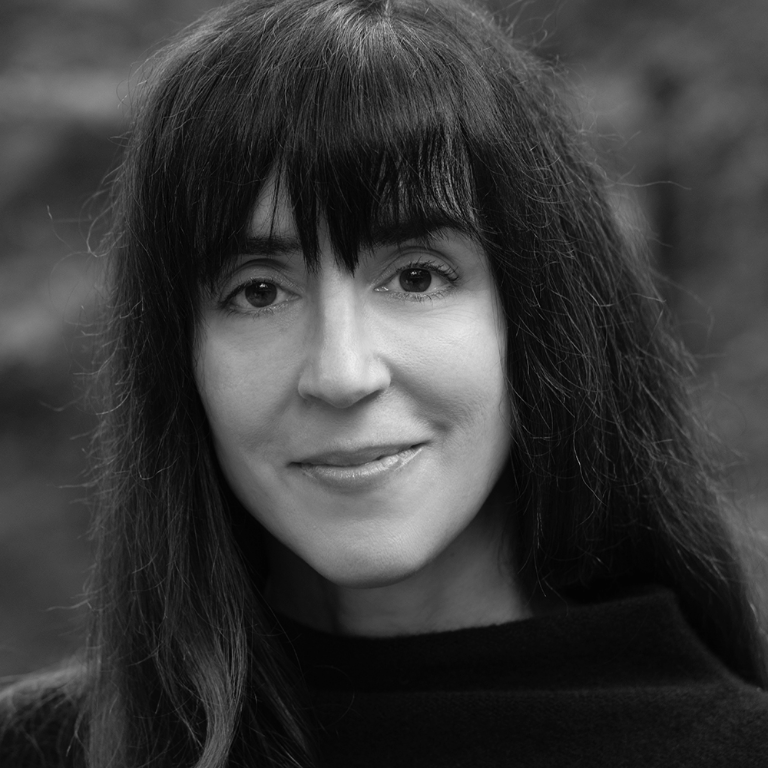On Wednesday, Jan. 10, 2018, the Christel DeHaan Family Foundation Visiting Artist Lecture examined the state of art criticism through the lens of Lori Waxman, a Chicago Tribune columnist who has written about contemporary art for the past 18 years.
She has also turned her profession into "60
Waxman asked the crowd of students, faculty, staff, and guests to consider the possibilities of art criticism in the present day as well as the future: "What else can we imagine? Can we even think beyond this?" She shared thoughtful insights into how art criticism has harnessed new platforms such as podcasts and social media while questioning whether conventional art criticism falls short on critiquing contemporary art forms and evolving trends.
Following are five takeaways from Waxman's talk to inspire further contemplation and conversation.
1. Art has the power to both reflect and critique present-day issues.
Waxman began her talk by reflecting on recent exhibitions in the "Age of Trump," stating, "This year, art criticism has a lot more to say than usual." She explained that the art world could have never predicted the upsurge of critical debates that have emerged from current news and events such as protests, dismantling of Confederate monuments, human rights issues, and the #MeToo movement.
"If I'd come here to give a lecture last year, none of this was going on," added Waxman. "None of these deep, complicated controversies had happened … [They're] controversies that don't just concern the art world but speak as well outside of it … It's kind of a really exciting time to be an art critic."
2. Today's art criticism requires new approaches and practices.
Waxman also pointed out: "The question, though, is if conventional art criticism is adequate for dealing with all of this news … as well as the kinds of forms of art that we make today." As an example, she cited gonzo journalism of the 1970s. In order to write about a work of art, art critics may need to take part or get entrenched like Hunter S. Thompson, the author of "Fear and Loathing in Las Vegas."
"You might have to be embedded," suggested Waxman. "You might have to be a participant in order to really have a full enough experience of [the artwork] to adequately critique it."
3. Art criticism of the future may be conversational and crowdsourced.
There is a new kind of art criticism observed by Waxman during the run of Bravo's reality TV show "Work of Art." With each episode, art critic Jerry Saltz kept a blog on vulture.com, which sparked in the comments what Waxman calls "multi-headed" art criticism. She explains it as "something that's more conversational, more back-and-forth, and more appended to something official."
4. Use your imagination when writing about contemporary art.
Getting to the actual ideas or concepts behind an artwork may occasionally mean going beyond the facts. Waxman proposes to "[use] fiction writing or something close to fiction writing as a way to write about artwork … because sometimes you have to make it up in order to really get at the truths."
She mentioned the 2013 bestseller "The Flamethrowers" by American author Rachel Kushner that is "truer than when you had read a history book [on the 1970s Land Art movement] at that time."
5. All seriousness aside, there is room for laughter in art criticism.
Quite simply, Waxman noted, "[C]omedy doesn't usually favor into art criticism, but why not?" For instance, she presented a YouTube video called "ART THOUGHTZ: Damien Hirst" by Hennessy Youngman, an online persona that was created by Jayson Musson for a performance project video series.
Waxman explained, "He does quite a lot [of genuine art criticism] in there in addition to the laughs." With more than 1.8 million views, she added, "There's a whole area there that's untapped: comedy plus art criticism."
Presented by The Galleries at Herron School of Art and Design, the annual Christel DeHaan Family Foundation Visiting Artist Lecture brings prominent contemporary artists to Herron to present their work and ideas.


